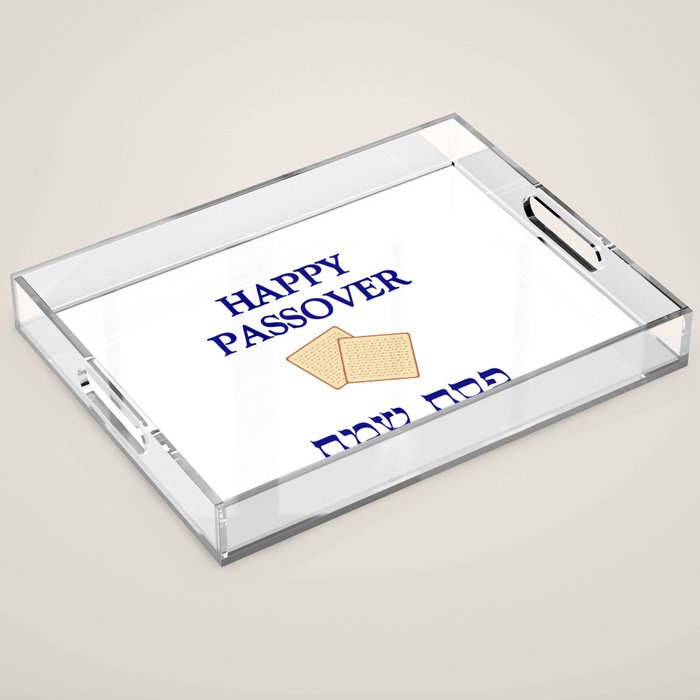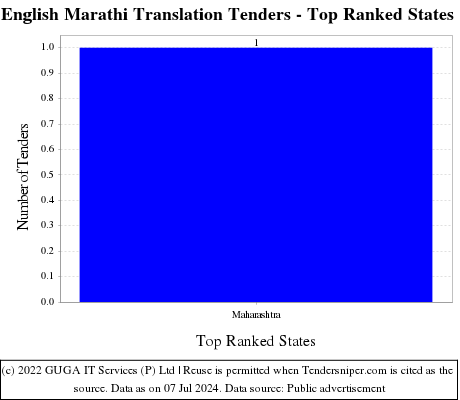
According to Jewish law, unless there is clear proof that the husband is dead, the woman remains legally married and is prohibited from marrying another man. This is a dire predicament, as it prevents the woman from getting married. Aguna (עגונה)Īn Aguna refers to a woman whom the whereabouts of her husband are unknown. This word is inflected using standard Hebrew grammar rules. So if someone buys a 10 Million dollar house, has a fancy car, or lives an otherwise charmed existence then someone who is a true friend would express Firgun. This word expresses a feeling of satisfaction that someone takes in the success of others. Here is a list of ten Hebrew words which have no equivalent in the English language. Not bad for a language that was nearly dead. Today, Hebrew is spoken by over 10 million people in Israel and worldwide. This revival necessitated the formulation of new words for things that did not exist prior to the 19th century. The Hebrew language was revived about 200 years ago by people in the Zionist movement and was a precursor to the establishment of the State of Israel in 1948. Hebrew was pretty much a defunct language for over one thousand years and was not used anywhere in the world outside of Jewish prayer and in Talmudic literature. But for exactly this reason, it is also one of the most evolving languages. Hebrew is one of the most ancient languages in existence. This can also pose a challenge to people who are non-native speakers of a language, since second language speakers tend to process spoken language through internalized translation. The Dagesh Chazak "doubles" the consonantal value whereas the Dagesh Kal does not.One of the problems that face translators is that some words have no equivalent in other languages.
ENGLISH TO HEBREW TRANSLITERATION HOW TO
This will become more important in Unit Three when discussing how to divide Hebrew words into syllables. If the dagesh is Chazak, the Begedkephat letter will be preceded by a vowel in other words, if the dageshed letter opens a syllable (or word), then you can assume it is Kal, not Chazak. The Begedkephat letters are transliterated as indicated in the table above, though you should be aware that the dagesh in any one of these letters may be Chazak (strong) rather than Kal (weak). (You may ignore this information if you are just learning the Aleph-Bet)

On this web site, transliterations will use dots to separate syllables and the accented syllable will be shown in boldface. Of course, Hebrew vowels marks are also transliterated using English vowel letters

Because there are various transliteration schemes, often you will find different transliterations (and hear different pronunciations) for the same Hebrew word!įor example, Ashkenazi (German and eastern European) pronunciations common in English-speaking countries often shift "a" sounds towards "o," turn some "t's" into "s's," and accent the next-to-last syllable whereas Israelis accent the last syllable. Hebrew Consonants Summary Page (PDF file)īecause people pronounce things differently, there are no "official rules" for transliterating Hebrew letters and words into the English alphabet.

For Hebrew consonants, the following transliteration scheme will be used: Writing Hebrew words in the English alphabet is called "transliteration" and is as much an art as a science.


 0 kommentar(er)
0 kommentar(er)
